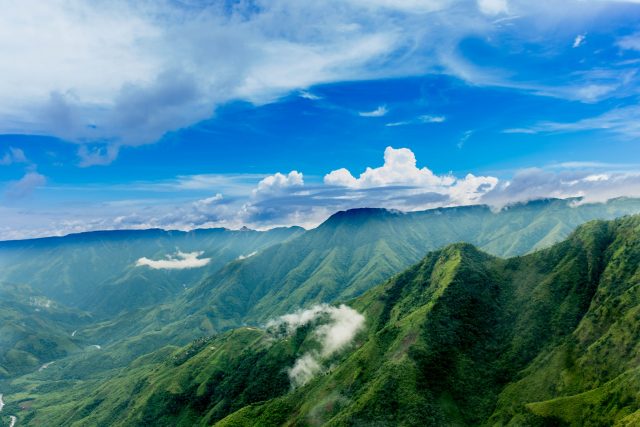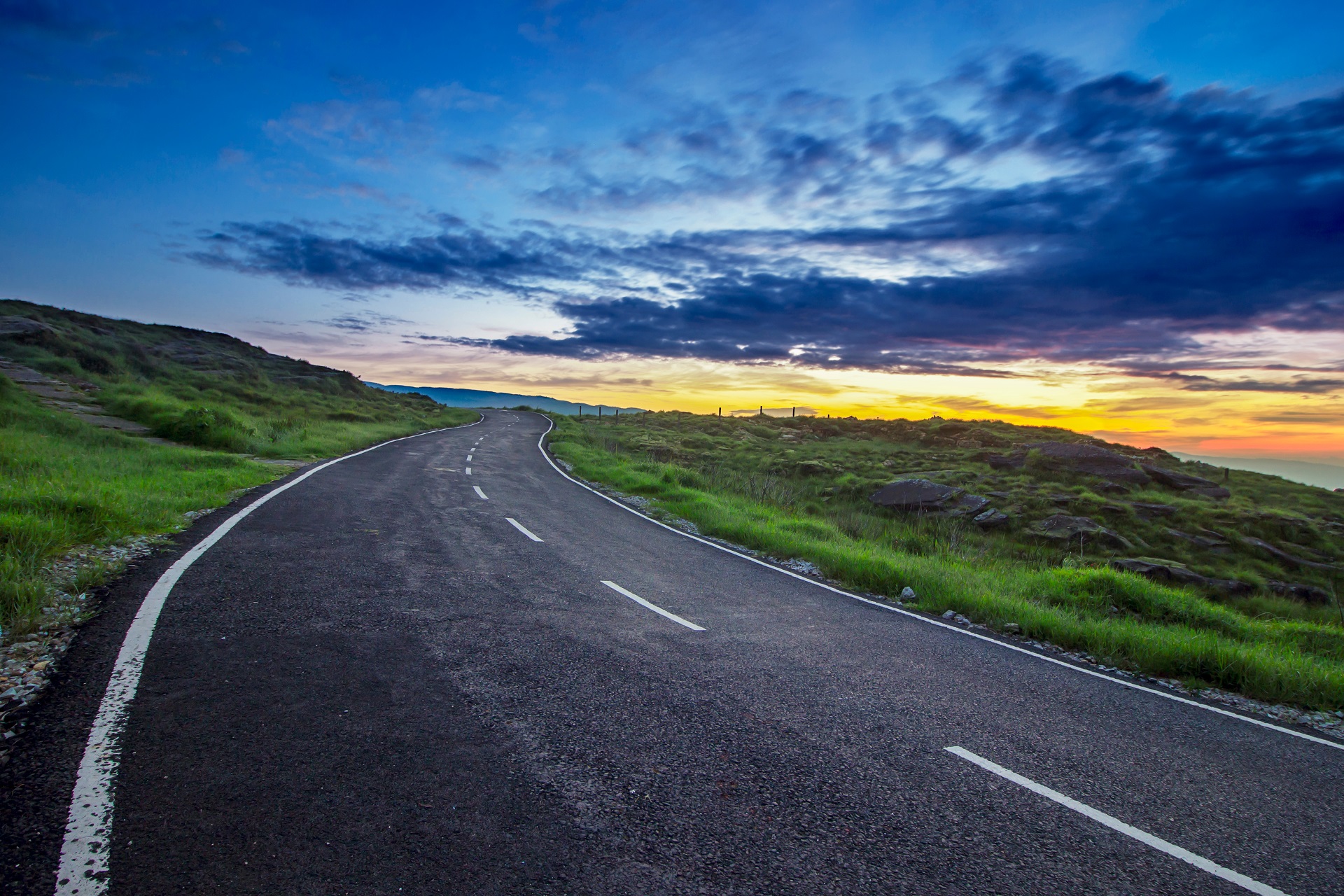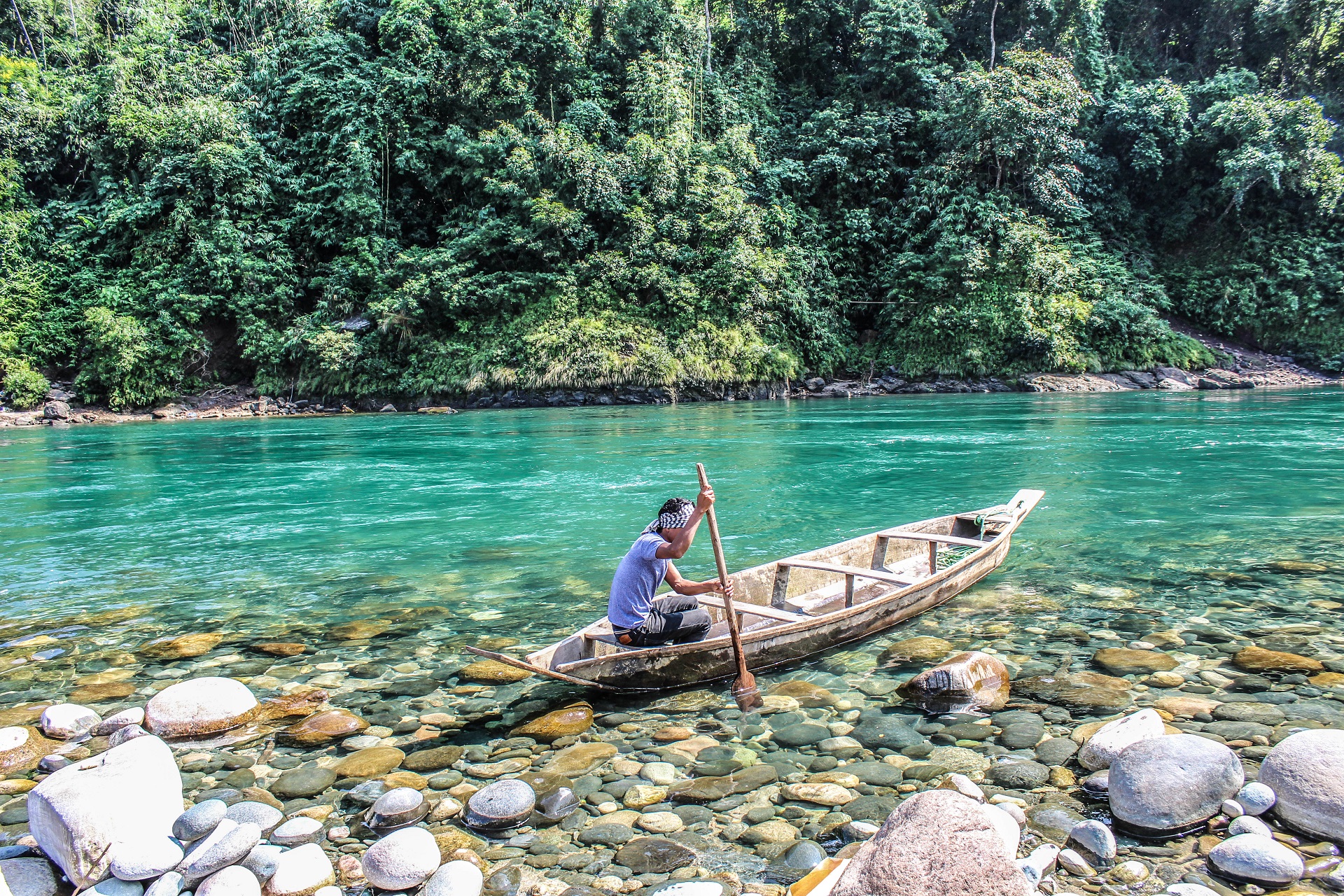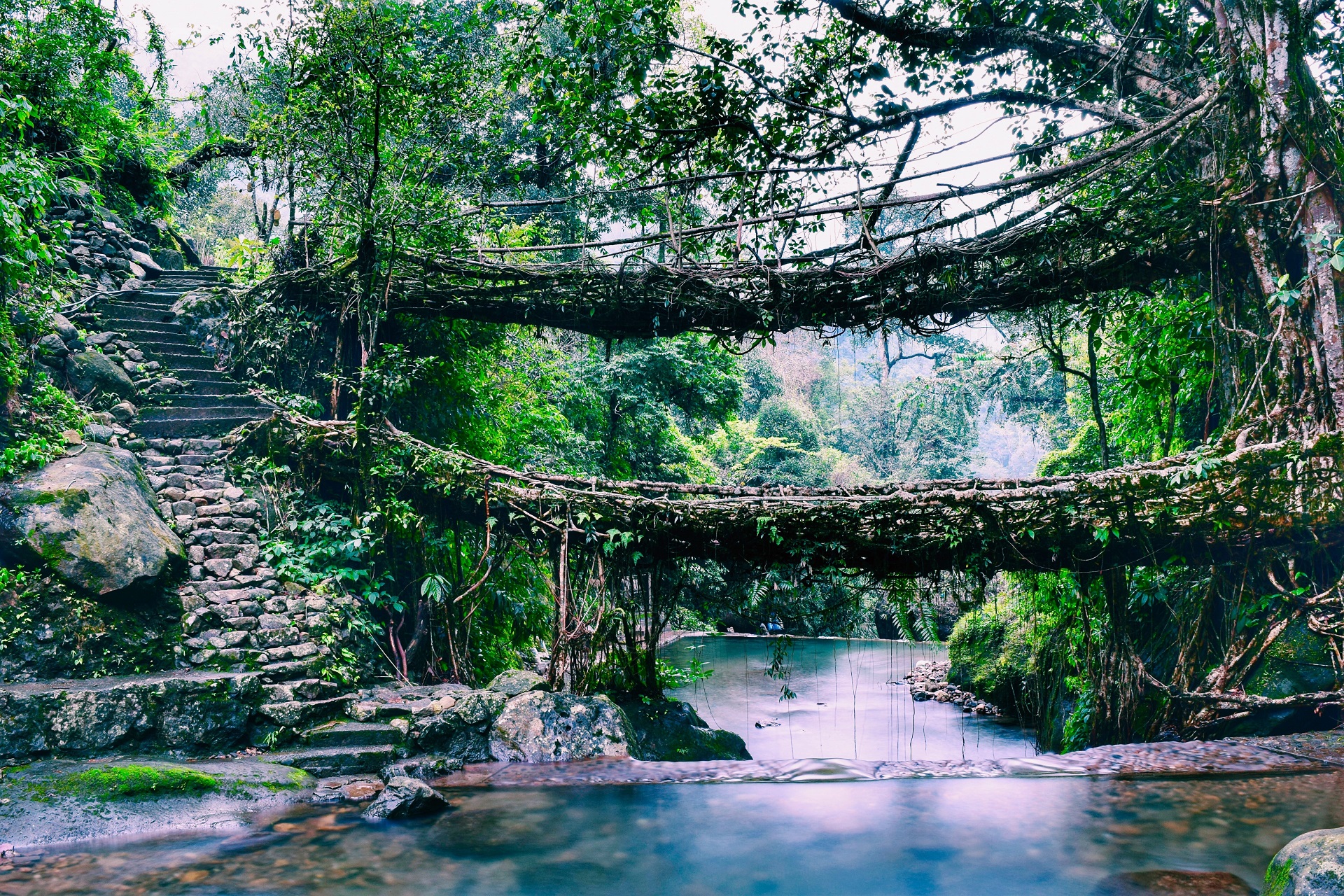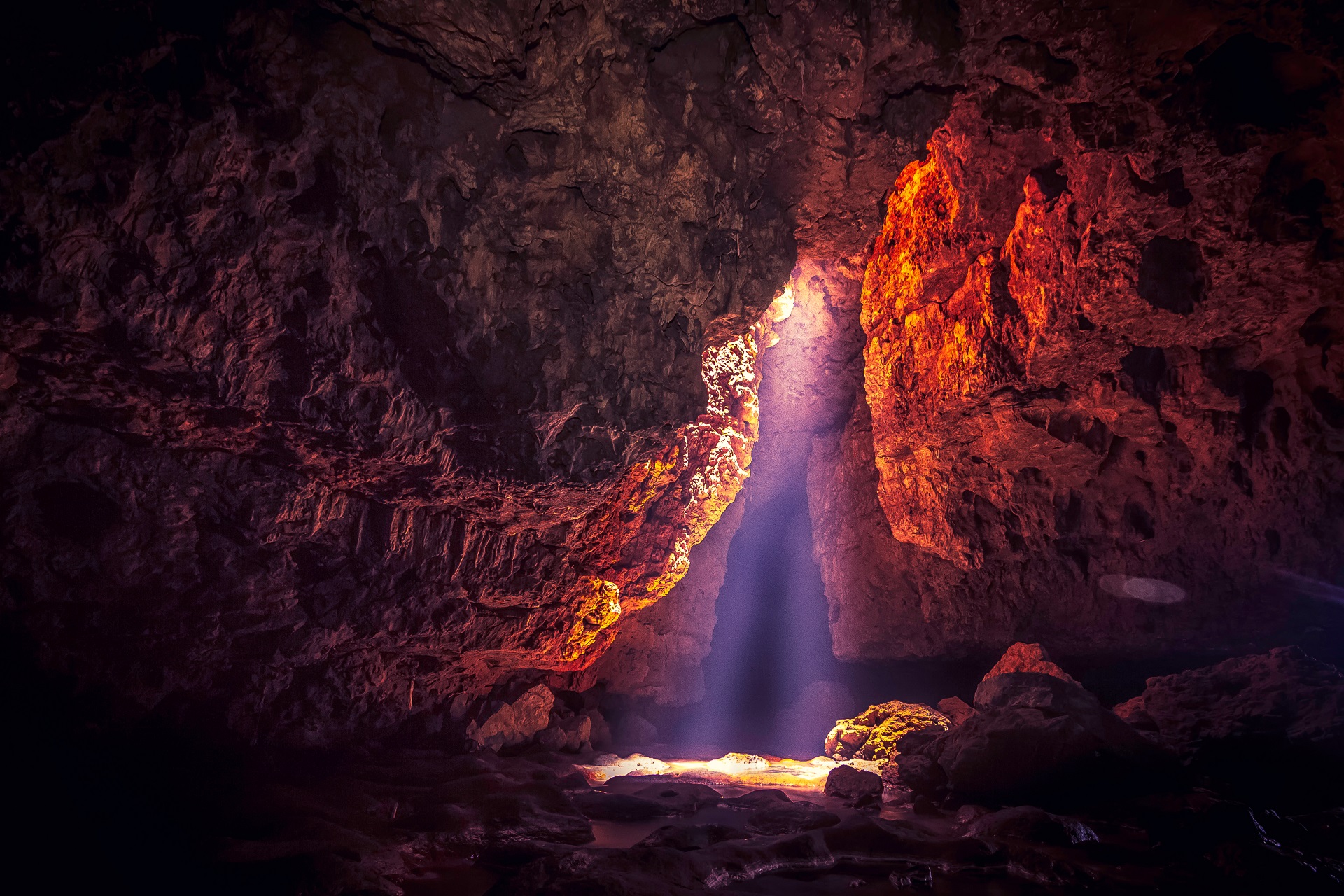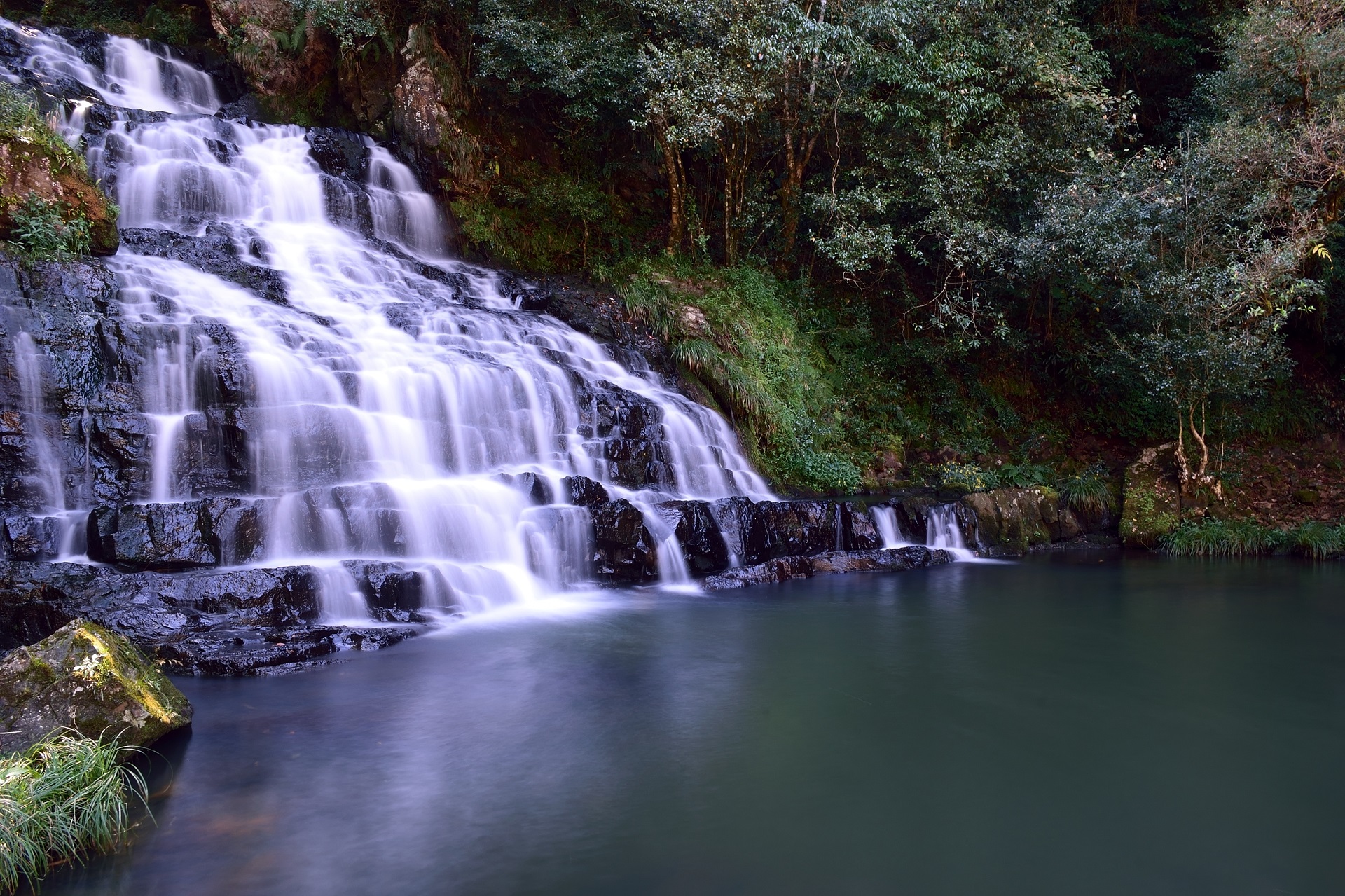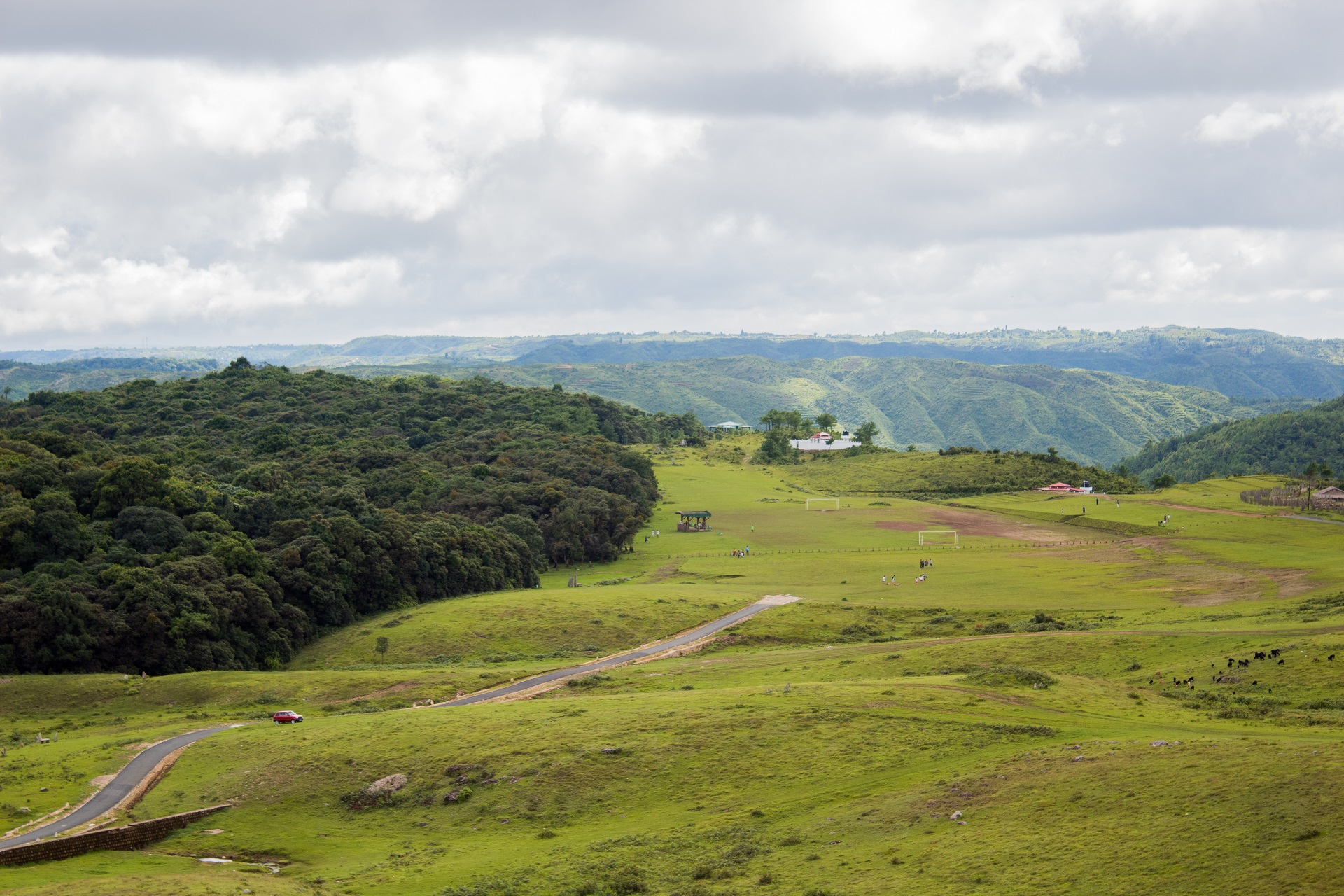Have you ever heard of something called the living root bridge? Do you know where Asia’s cleanest village is? Do you know where the Sacred Forest is, with its mysterious dolmens and symbolic menhirs? If these questions intrigue you, you must plan a trip to India’s North East, more particularly to Meghalaya.
Meghalaya is well named – it means ‘the place of clouds’. You can literally walk through the clouds here and also visit the place fabled to be the rainiest place on earth! Meghalaya has a beautifully unique culture, some of the most incredibly stunning topography, lofty waterfalls, forbidding subterranean caves and so much more to offer. Unlike a lot of other tourist attractions in India, Meghalaya and its capital Shillong are largely unspoiled by the mad influx of tourists that we see elsewhere.
The small state is easily navigable by road once you land in Shillong or Guwahati (in Assam). The closest railway station is also in Assam. Umroi is the closest airport (about 30km from Shillong); however not too many flights operate in this sector. Bad weather will mean that flights are frequently canceled. So it is generally advisable to get to Shillong via Guwahati and to keep Shillong as the base for visiting the rest of Meghalaya via several short day trips (or you may choose to stay a night or two here and there). You can hire taxis to visit most attractions in Meghalaya by road. Private taxis are easily available and affordable. Public transport options (buses) are also available.
Driving through Meghalaya
The beautiful rolling green hills (quite unlike the steep, craggy Himalayan mountains) with their unique hilltop cemeteries, charming little villages and uncrowded roads are attractions by themselves! There doesn’t seem to be a dry spot anywhere. The weather is lovely even in summer. Winters are quite cold, however not unbearably so. The best times for visiting are October to April. Heavy rains during the monsoon would make it difficult to visit in the rainy season since several activities would be curtailed. But having said that, if waterfalls are what attract you to this place, then monsoons are the best time to see them in full force. Some may even argue that what better time to experience the wettest place on earth than during the monsoons! And they wouldn’t be wrong. Meghalaya has something to offer all through the year.
Here are some of the top attractions in Meghalaya that you must include in your itinerary:
1. Shillong: It is a delightful city with several existing colonial structures including charming churches and cathedrals. Shillong is a place that preserves an unhurried pace of life still. Shillong Peak, where you can get a panoramic view of the city from a vantage point, is a major attraction. Ward’s Lake is where you can take in a bit of boating. If you are visiting during or right after the monsoons, be sure to head to the Elephant Falls and the Bishop & Beadon Falls.
Police Bazaar is a buzzing part of the city with shopping options, several eateries and cafes. It is advisable to put up in this part of town. Be sure to try momos while you are here, and go cafe hopping. Shillong has a slew of chilled out cafes and restaurants where you can relax, eat some local food, and watch the peaceful folks go about their daily routines.
2. Cherrapunji: Cherrapunji is well known for being the wettest place on earth, receiving the highest amount of rainfall in a year. Though in recent times, that record is held by Mawsynram, which is close by, Cherrapunji still holds the all-time record for the most rainfall recorded in one year. While it is about an hour and a half’s drive to Cherrapunji, it is a picturesque drive, frequently passing through clouds, and the waterfalls you see when you arrive will make it all worth the effort: a stunning vista with a deep gorge and the clouds passing across to give you glimpses of tall, beautiful waterfalls. There is also a well-known ‘double decker’ root bridge close to Cherrapunji (about 20 km away in Nongriat village) which may be worth a look if you’re willing to take a detour. The hike is well worth the effort. You can choose from several hotels and resorts to put up in Cherrapunji for a couple of days.
3. Mawlynnong – the cleanest village: Mawlynnong village has the distinction of being named the Cleanest Village of Asia by ‘Discover India’ magazine. And in fact, you will find that the neat little houses, narrow roads and lovely little gardens are spotlessly clean; there is no litter and the local people are justifiably proud of their homes. A list of do’s and don’ts greet visitors who are expected to respect local customs.
While here, be sure to go swimming in the local waterfall with a pond, visit the living root bridge nearby, and be sure to get a bird’s eye view of the surroundings in the evening from the skywalk created entirely of bamboo. Stay options include beautiful little tree houses owned and managed by locals.
4. Dawki: Dawki is most famous for the pristine clear waters of the River Umngot where the river bed with corals offers an awesome sight. Brothers Jason and Gary from PioneerAdventureTour.com organize several activities like scuba diving, snorkeling, rappelling, kayaking, cliff diving, hiking and much else. A day trip to Dawki is a no brainer if you are visiting in the non-monsoon months. These activities are available from October to April. However, do call in advance to check before making your bookings.
5. The living root bridges: All over Meghalaya, the locals have hit upon this singular idea to connect villages across rivers by making a bridge unlike any other. These unique bridge structures are actually the roots of living trees that are trained to grow in a certain direction, in this case across streams to form a bridge strong enough to take the weight of many people. These take several decades to take form, and the end result is not to be found in any other part of the world. A certain amount of hiking will be involved when descending to the bridge, but the bridge and the splashing in the stream makes it all worthwhile.
6. Caverns and caves: There are some truly amazing natural caves and caverns that flowing water has carved into many of the hills in the area. There are several options that make truly unique tourist destinations. These caves are damp, dark and dank (though some are lit artificially from within), some only have crawl space, and maybe very narrow and low in parts, requiring you to get down on your hands and knees and many need you to wade through water. They are not for the faint of heart or for people with mobility issues. If you’re claustrophobic, you can give these a miss: Mawjymbuin Caves and Mawmluh Caves are some suggestions for those with a sense of adventure and also a sense of the eerie! Caving can be enjoyed best in the winter months. The activity is unavailable during monsoons.
7. The waterfalls: Waterfalls are everywhere in this rainy, hilly region. The magnificent Elephant Falls with several levels of waterfalls and steps to access each level, are close to Shillong and can be visited while on the way to some of the state’s other attractions. Nohkalikai Falls, Mawlynnong Falls, Dain-Thlen Falls are just some of the most well-known ones. Many waterfalls have a path alongside that leads you down into the valley; some can be viewed across a sheer cliff where as many as seven streams tumble down (the Seven Sisters Falls).
8. Bangladesh: Meghalaya shares a significant length of its border with Bangladesh. While most of Meghalaya is on a fair height above sea level, Bangladesh is located in the plains. There are sheer cliff faces, strategic viewing points in Meghalaya, from where you can literally look into Bangladesh.
9. The Sacred Forests: The local people attach great significance to these sacred groves or forests: natural flora and fauna undisturbed and untouched by humans, often with beautiful streams running through them. Law Lyngdoh, Mawphlang, about 25km from Shillong is one of the most well known. On the periphery one can see some symbolic rock structures said to have religious and cultural significance for the people there. One is advised to not take away anything from these sacred groves, not even a leaf or a stone.
10. The dolmens and menhirs: The tribal roots and customs of the people here are utterly fascinating. Simply driving through some of the towns and villages, especially the East Khasi hill region gives us a glimpse into the local customs and culture. The memorial stones – upright menhirs, monoliths or flat dolmens, sometimes surrounded by fences – are specifically laid for symbolic reasons. They may be in honor of departed ancestors, temporary resting spaces for the dead or for other symbolic reasons.
Suggested itinerary
Here is a 7-days 6-nights suggested itinerary. There are options below to increase or decrease a day as per individual choice and time of year.
Day 1: Reach Guwahati by train or flight. Drive to Shillong (3 hours). Enroute see Barapani Lake.
Local sightseeing in Shillong. Visit Elephant Falls, Golf Course, Wards Lake, Bishop and Beadon Falls.
Overnight halt at Shillong in Police Bazaar area.
Day 2: Drive to Cherrapunjee (1.5 hours).
Visit various waterfalls and Eco Park.
Overnight halt at Cherrapunjee.
Day 3: Trek to Double Decker Living Root Bridge (Nongriat village, start at Tyrna village, which is 20km from Cherrapunjee).
Overnight halt at Cherrapunjee.
Day 4: Caving at Krem Mawmluh (or similar) (5-6 hrs).
Overnight halt at Cherrapunjee.
Day 5: Drive to Mawlynnong (2.5 hours).
Local sightseeing at Mawlynnong – go swimming in the falls, visit the living root bridge, enjoy the evening view from the skywalk.
Overnight halt at Mawlynnong in tree house.
(Skip Day 6 if visiting in the monsoon season)
Day 6: Proceed to Dawki. Do snorkeling, scuba diving, rappelling, cliff diving and kayaking in River Umngot. Return to Mawlynnong.
Overnight halt at Mawlynnong in tree house.
Day 7: Proceed to Guwahati for return flight or train (5 hours).
Options: You can also add a day in Kaziranga National Park to the itinerary at the very beginning (note: the national park is open during the November to April period). Go to Kaziranga from Guwahati, spend the day there, enjoy the morning elephant and jeep safaris, and then proceed to Shillong. You can also reduce a day in Cherrapunjee if you are not interested in caving, or alternatively if you are visiting in the non-monsoon months when the waterfalls are less majestic.
To explore Meghalaya is to know an incredible, but little known part of India and to experience a culture quite unlike others. It is a destination that will give you memories for a lifetime!































